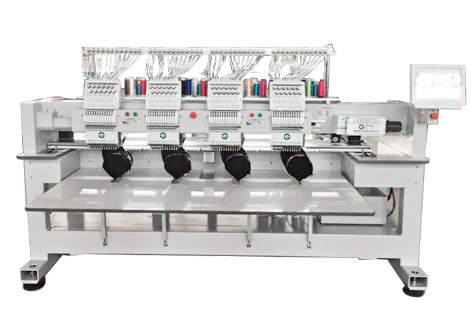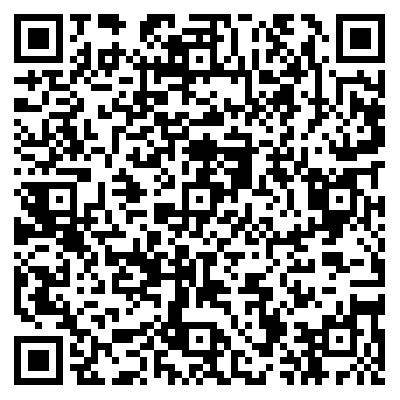When choosing a four-head garments, shoes, and bags embroidery machine with twin heads, there are several factors to consider to ensure that it meets your specific needs. Here are some steps to help you in the selection process:
-
Embroidery Requirements: Determine your specific embroidery requirements, such as the size, complexity, and types of designs you plan to create. Consider the maximum embroidery area that the machine can accommodate, as well as the number of needles and thread colors it supports. This will help you choose a machine that can handle your desired embroidery projects.
-
Machine Size and Configuration: Evaluate the size and configuration of the embroidery machine. Four-head machines have two sets of twin heads, which means they can embroider four items simultaneously. Consider the available space in your workspace and ensure that the machine's dimensions are suitable for your environment.
-
Stitch Quality and Precision: Look for a machine that offers high stitch quality and precision. Check for features like automatic thread trimming, adjustable thread tension, and precise needle positioning. These features contribute to producing clean and accurate embroidery designs.

-
User-Friendliness and Interface: Consider the user-friendliness of the machine, especially if you are new to embroidery or plan to have multiple operators. Look for a machine with an intuitive interface, easy-to-use controls, and clear instructions. A user-friendly machine will help reduce the learning curve and increase productivity.
-
Speed and Production Capacity: Evaluate the machine's speed and production capacity. Consider the number of stitches per minute (SPM) the machine can achieve and compare it to your expected production requirements. Higher SPM rates can result in faster completion of embroidery projects.
-
Software and Design Compatibility: Check the compatibility of the machine with embroidery software and design files. Ensure that the machine can read popular design file formats such as DST, PES, or EXP. This allows you to import and create custom designs or access a wide range of pre-existing embroidery designs.
-
Durability and Maintenance: Look for a machine that is built to last and requires minimal maintenance. Consider the quality of the machine's components, such as the frame, motors, and needles. Additionally, inquire about the availability of technical support and after-sales services for maintenance and repairs.
-
Price and Return on Investment: Compare the prices of different machines while considering their features, capabilities, and long-term value. Determine the return on investment based on your projected embroidery production and revenue. While cost is an important factor, prioritize the machine's quality, reliability, and suitability for your needs.
By following these steps and considering your specific embroidery requirements, workspace limitations, user-friendliness, and other factors, you can select a four-head garments, shoes, and bags embroidery machine with twin heads that meets your production needs and helps you create high-quality embroidered designs efficiently.

 English
English Español
Español عربى
عربى


